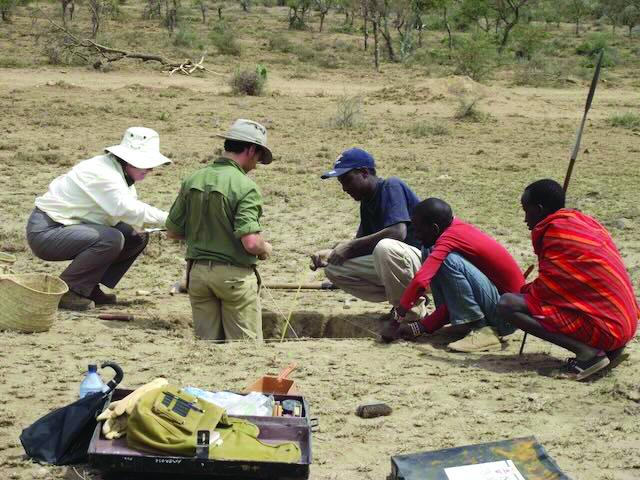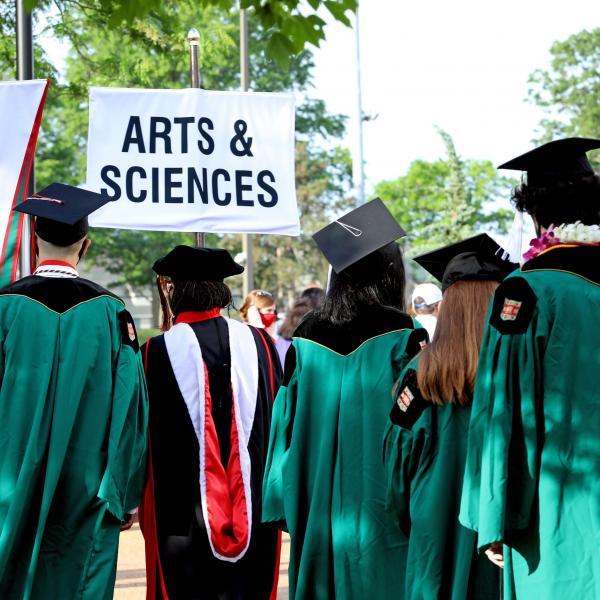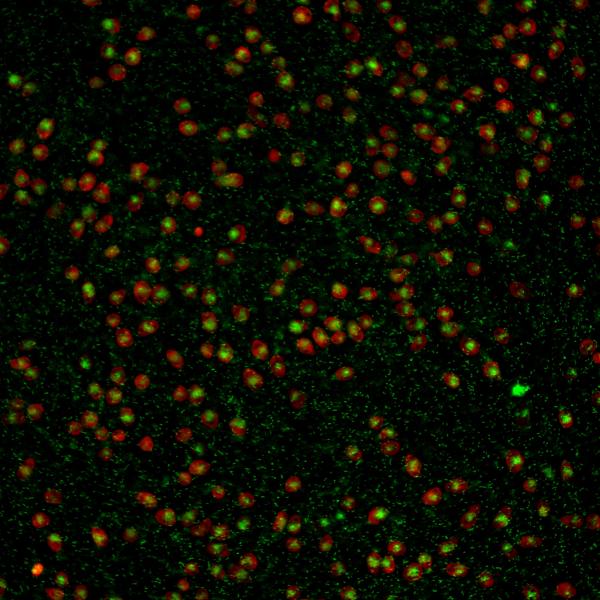Fiona Marshall, the James W. and Jean L. Davis Professor, retires from Arts & Sciences this year after decades of mentorship, research, and leadership.

Fiona Marshall can still remember her first visit to the Washington University campus. It was 1986, and she had just completed her PhD in anthropology at the University of California, Berkeley. Through the windows of the anthropology department, she could see the campus alive with cardinals and redbuds.
“I remember feeling absolutely thrilled to be here,” she said. “It was such an exciting research environment.”
Marshall was introduced to archaeology at a young age growing up in Nairobi, Kenya, a hub for paleontological and archaeological research. She remembers spending time outdoors with her family, finding stone tools, and going to the Nairobi National Museum to hear talks by legendary archaeologists.
As an undergraduate at the University of Reading, Marshall knew she wanted to study African archaeology and seized every opportunity to pursue it. She found a mentor in a talented, self-taught Kenyan expert on ancient animal bones. It turned out she had a talent for the work, too.
While looking for a topic for her undergraduate honors thesis, Marshall happened to be present when a graduate student asked for help identifying some Holocene fossils from Koobi Fora, Kenya. Marshall volunteered and went on to identify many of the bones as belonging to domesticated goats, much to the surprise of the graduate student. To this day, her honors thesis contains the oldest known evidence for domesticated animals in Kenya.

Photo courtesy of Fiona Marshall
Marshall went on to a career filled with research related to animal domestication, the spread of food production, and hunter-gatherer ethnoarchaeology. That diversity prevented boredom and sparked new ideas, she said. “I found going back and forth between experimental, ethnoarchaeology, and excavation really stimulating.”
Today, Marshall is regarded as a global expert on human influences on African savannas and on animal domestication. Her research on cats and donkeys has shed light on domestication and emphasized the significance of donkeys for early trade routes, household mobility, and women’s work.

Marshall has loved her time teaching at WashU. “I have learned so much from teaching such wonderful students,” she said. This spring marks her 36th year teaching “Zooarchaeology,” a course featuring an incredible collection of skeletal materials that Marshall built into a necessity for any aspiring archaeologist or PreHealth student.
It’s the community of scholars in the anthropology department, however, that Marshall has enjoyed the most. When she joined the department in the late 1980s, she felt instantly welcomed and included by her fellow faculty, especially Patty Jo Watson, a leader who paved the way for women in science.
Friday Archaeology, a weekly forum where students and faculty give talks and discuss new research, was started by Watson to welcome Marshall to the university, build community, and incubate scholarship in the growing department. The meeting is as vibrant today as it was then, Marshall said.
“One of the things I have valued more than anything are my corridor conversations in McMillan Hall,” Marshall said. “I have learned so much from my colleagues about diverse topics such as climate change, lost crops, or the latest discoveries. I have also forged meaningful relationships and exchanged cutting-edge information.”
In retirement, Marshall is looking forward to birdwatching, painting, and spending time with her grandchildren. She also plans to continue her research and professional activity.



